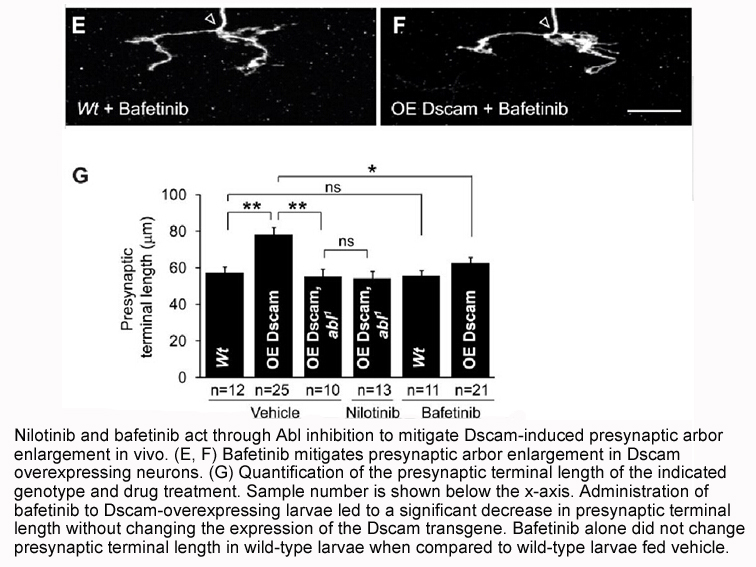Archives
Table shows the results of achieving ECV for
Table 3 shows the results of achieving ECV for atrial arrhythmia in this study. There was no significant between-group difference in the number of ECV attempts or the prevalence of successful ECV. The number of days to ECV in OAC-naïve patients was significantly less in the NOACs group (n=72) compared to the VKA group (n=59) (P<0.001).
During the 30 day follow-up after ECV achievement, ischemic stroke occurred in three patients (1.1%) in the VKA group and one patient (0.7%) in the NOACs group, and there were no instances of any other systemic thromboembolism or any major bleeding (Table 4). The difference in adverse events between the two groups did not reach significance (P=0.63). The complication after ECV was only stroke, probably resulting from a detached atrial thrombus, and the prevalence was approx. 1%. In contrast, no clinical relevant bleeding such as intracranial bleeding was observed. In addition, no thromboembolic events occurred in the 20 patients who were initially excluded from the analysis based on their prosthetic valves or mitral stenosis.
Table 5 provides the detailed profiles of the four patients with stroke after ECV. Their ages were all over 70 years, and three of the four were female (P=0.16). For all four patients, the rhythm status was persistent AF. The CHADS2 and CHA2DS2-Vasc scores were relatively high in the three patients in the VKA group compared to the patient without stroke. The PT-INR was within the therapeutic range or higher on both ECV and ischemic stroke in all three VKA patients. The spontaneous echo estrogen related receptor sore was grade 3 in two of the four patients with no left atrial thrombus.
We had only one patient complicated by stroke in the NOACs group resulting from a thromboembolism. The patient was treated initially with dabigatran at 300mg/day, followed by a dose reduction to 220mg/day after successful ECV because of the CAHDS2 score of 0. The activated partial thromboplastin time (APTT) of this patient was 40.2s on ECV, and it decreased to 29.3s when the ischemic stroke occurred with the change in dabigatran dose. Fortunately, in phosphorylation case the modified Rankin Scale score at hospital discharge was only 1, indicating small changes in activity and lifestyle after stroke.
Discussion
The need to decrease the risk of thromboembolism following cardioversion is well recognized. According to a recent guideline [1,11], anticoagulation should be considered mandatory in cases of elective cardioversion for AF of longer than 48h or of unknown duration. For this purpose, VKA treatment is usually administered for at least 3 weeks before ECV because AF favors a prothrombotic and hypercoagulable state, and the VKA treatment is continued for a minimum of 4 weeks to decrease the risk of thromboembolic events due to post-cardioversion of left atrial dysfunction [1,11]. In addition, the assessment of ECV by TEE is associated with a greatly reduced thromboembolic risk [17].
Several NOACs have recently appeared on the market, and their use as an alternative to warfarin is increasing. In patients undergoing ECV, however, the safety of anticoagulation with NOACs has not been thoroughly established yet. The data from well-controlled clinical studies including the post hoc analyses of phase III trials [8–10] and one prospective study comparing rivaroxaban and VKA [18] have demonstrated that NOACs appear to be safe and effective compared to VKA.
Other than those studies, few reports are available concerning the effects of NOAC usage on cardioversion in clinical practice. An investigation of 53 patients including 43 AF patients treated with dabigatran or rivaroxaban reported no patients with episodes of thromboembolic events within 60 days after EVC [19], but that study did not compare these patients’ results with those of patients treated with warfarin. In 2015, Coleman et al. reported that NOAC utilization in clinical practice in North America has now increased to one-third of ECV procedures with safety and effec tiveness equal to those of warfarin [20]. The present study confirmed the findings of this report in a Japanese population.
tiveness equal to those of warfarin [20]. The present study confirmed the findings of this report in a Japanese population.